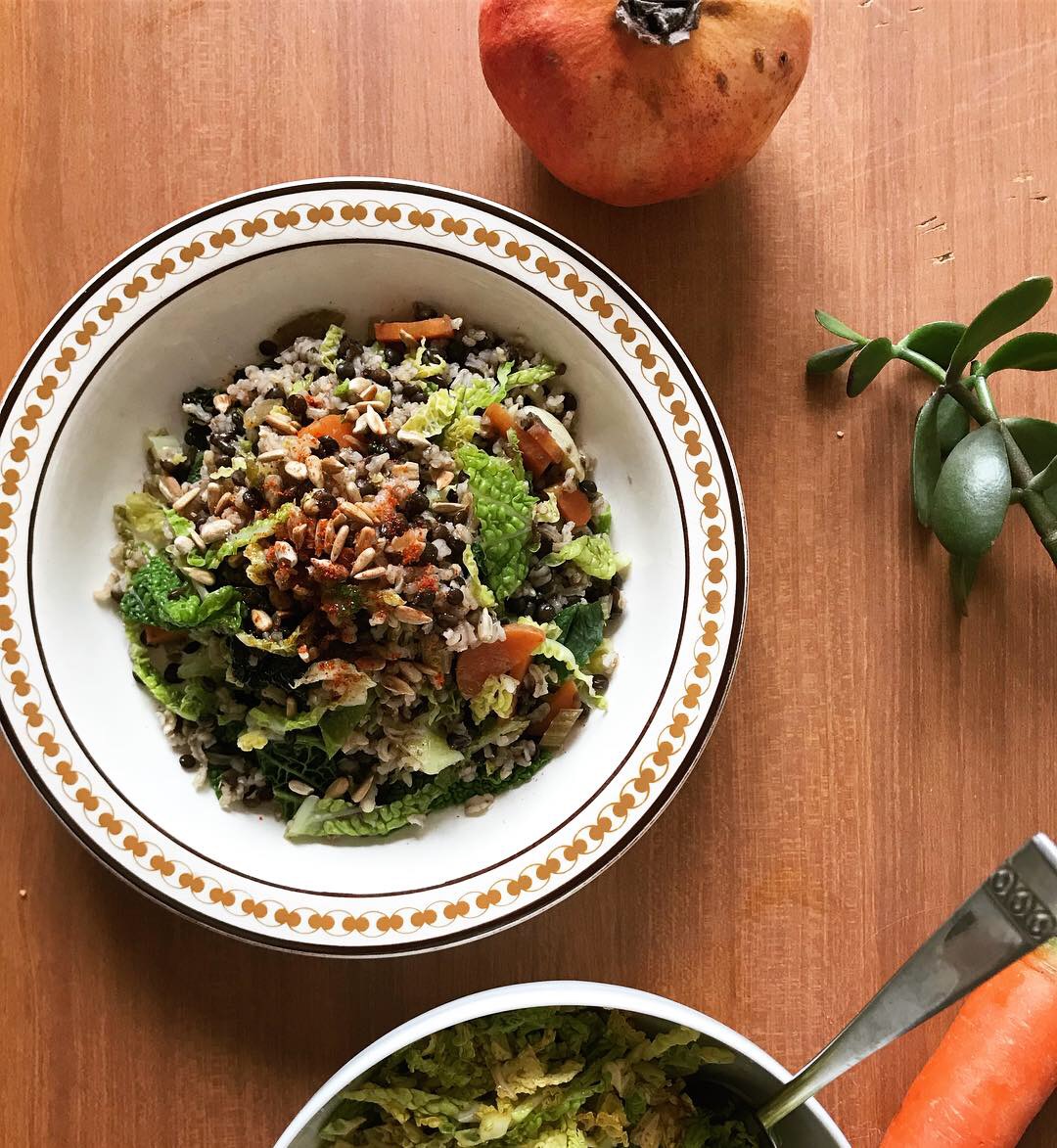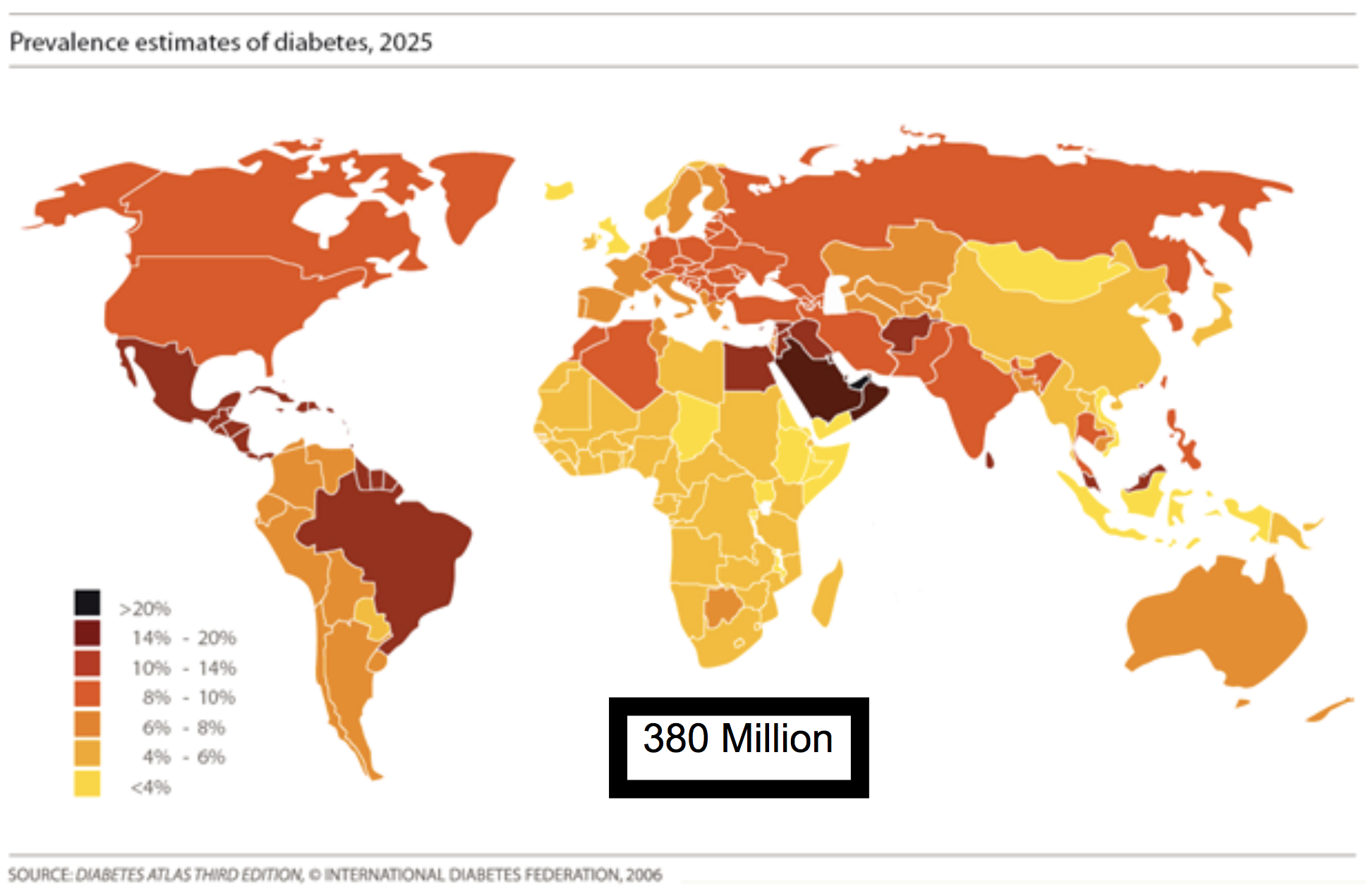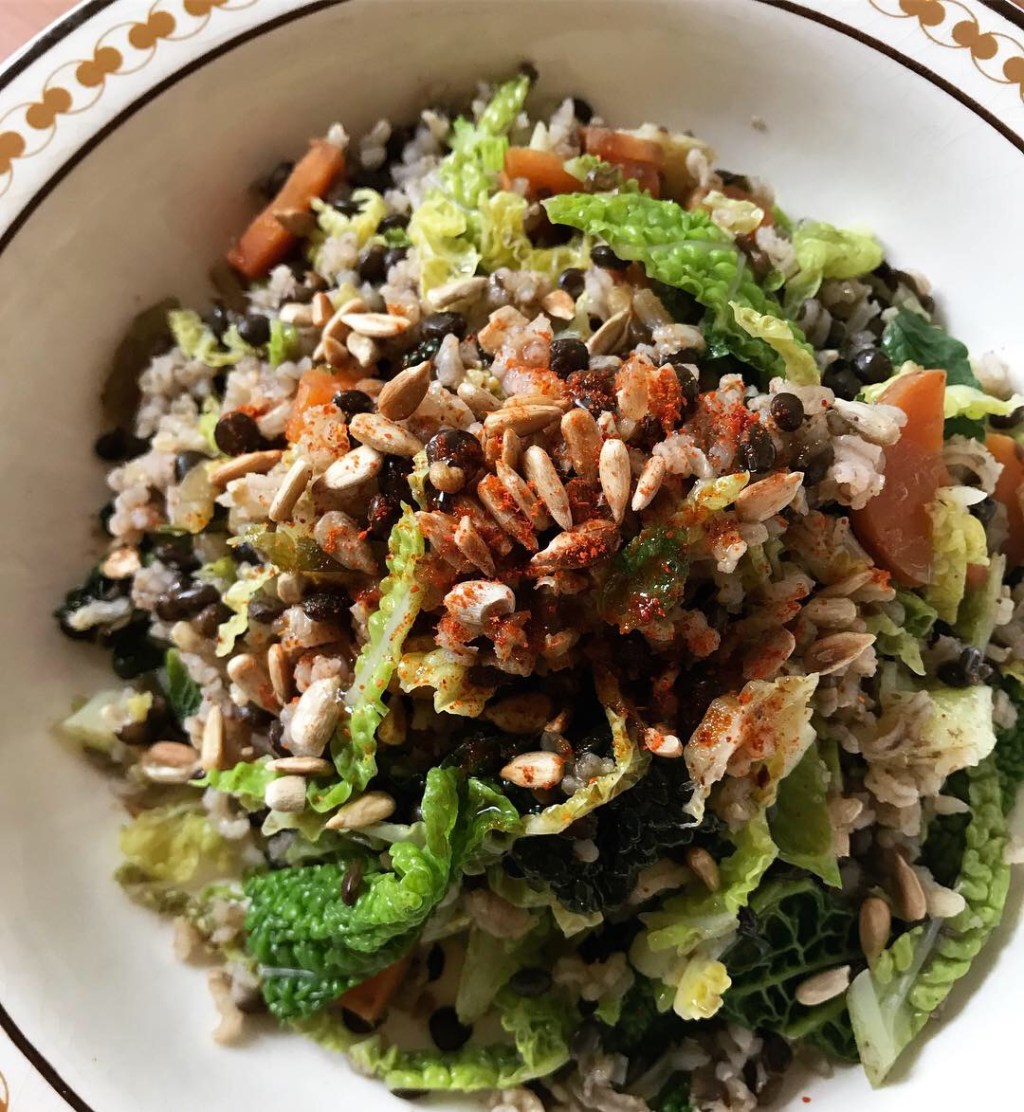“Eating healthy should be easy and accessible to everyone, all the time”: this is what I thought when looking at this dish I made for myself for lunch today.
I just finished studying for a Nutrition class I took this year, called “Food and Health”, which dealt with nutrition in a very holistic way. I loved it so much, so here are a few concepts I feel like sharing.

Eating a nutrient-dense balanced diet would be the ideal thing for our body and for the planet to strive. Humans have managed to improve the global quality of life so much, yet malnutrition is still an important and critical issue to address. Malnutrition refers to undernutrition, micronutrient deficiency or excess nutrition/obesity. Around 800’000 people are undernourished and suffer hunger; even more are overnourished and suffer from Obesity and related issues such as type 2 Diabetes and Cardio Vascular diseases.
Since the 1950s we have been part of a Nutrition Transition: we started to consume more and more foods rich in saturated or trans fatty acids, high amounts of sugar, refined carbs, too much meat, too little fiber. A diet high in calories, but low in essential macro and micronutrients. This transition is seen by the amount of food-related diseases around the globe. Yet, most if not all of our national institutions don’t understand the relationship between food and health. In the upcoming years, the underdeveloped countries, such as Mexico and India, will have the highest rates of Diabetes type 2 and obesity. Note that lifestyle habits influence much more than genetics on chronic degenerative diseases, such as obesity diabetes type 2.

Food and nutrition education is essential to reverse this tendency. I believe people do care about their own health, and if given the tools and the right information, they will use them.
What makes me feel happy, energised and satisfied is a balanced meal like today’s lunch: a bowl of brown rice, black lentils, sautéed kale and cabbage with ginger and miso, some sunflower seeds and mint to garnish.
I like to cook a pot of grains and one of beans or other legumes every week to have on hand, so that when you are in a hurry you can quickly put something together, while still eating well.
The daily recommended dietary requirements are:
CARBOHYDRATES: 55% (the more complex the better, with a low glycemic index)
FATS: 25-30%
PROTEIN: 15-20%
So based on these values the ideal combination should be a grain/cereal (pasta, rice, spelt, barley, quinoa, etc), a legume (lentils, black beans, chickpeas, peas, humus, etc.), vegetables, nuts/seeds, spices and extras. Obviously, it would be pretty hard to have this precise combination for every meal, and it would make you go crazy too! Eating should be a pleasure, more than a job 🙂 but keeping this in mind is not a bad idea when planning your meals.
Eating a cereal + legume, was the everyday diet of our ancestors for thousands of years since Agriculture was invented (around 8’000 BC). Not only does it give you the adequate nutritional values (by combining these two you get all the essential amino acids), but also respects the planet’s ecosystem: by planting a cereal then a legume, also known as crop rotation, you restore and maintain the soil fertility, which is essential for growing any type of food or plant.
Fats are also a very important part of our diet, they are a great source of energy, and make the external part of all of our cells. The ideal ratio should be 50% monounsaturated fats (which Olive oil is very rich in!), 25% polyunsaturated, 25% saturated. While with sugar we can easily live without, we cannot live without fats. Omega 3s are very important as they are anti-inflammatory, but it is important to know where you get it from: for example fish is rich in omega 3s only if it is fished from the wild. Since it cannot produce it itself, it will contain it only by eating it. Most fish today are farmed and given soy-based feed, therefore not containing any omega 3s. Other sources are flax seeds and other nuts.
Because a seed/plant cannot move from its position, it will develop important protective measures against predators and environmental difficulties. That is why many plants contain many micronutrients such as phytochemicals and antioxidants, that play a huge role in preventing diseases (i.e. flavonoids, anthocyanins..). I recently found out that if a plant lives in a very challenging environment, like very arid or rocky soil, it will have more of these micronutrients because of the protective properties it needs to survive. These substances will be passed on to us when we consume that food. And this is what studies on Slow Food Presidiums have found out in legumes such as the Ustica Lentil. Another example is on Cruciferous vegetables rich in sulfur, like cabbage, brussels sprouts and broccoli. Their cells don’t break with freezing climate unlike other vegetable families, and studies show that they will have more micronutrient substances once the first frosts of the year pass, that would have developed to help them protect themselves from the challenging climate.
The same goes for vegetables grown in a greenhouse: the environment and climate is artificial and made “ideal” so these vegetables will have less of these protective substances.
I will keep envisioning for a future where a mandatory class on food, nutrition and health is taught in every school, learning about the different seasons, where to buy, the impacts of food production on social, politics and environment. So that everyone has the right to make a conscious decision. Eating healthy should not be a privilege and should be accessible to everyone all the time, no matter your gender, race, age, religious or economical background.
Have a great end of the week,
xxxAmber

Leave a comment